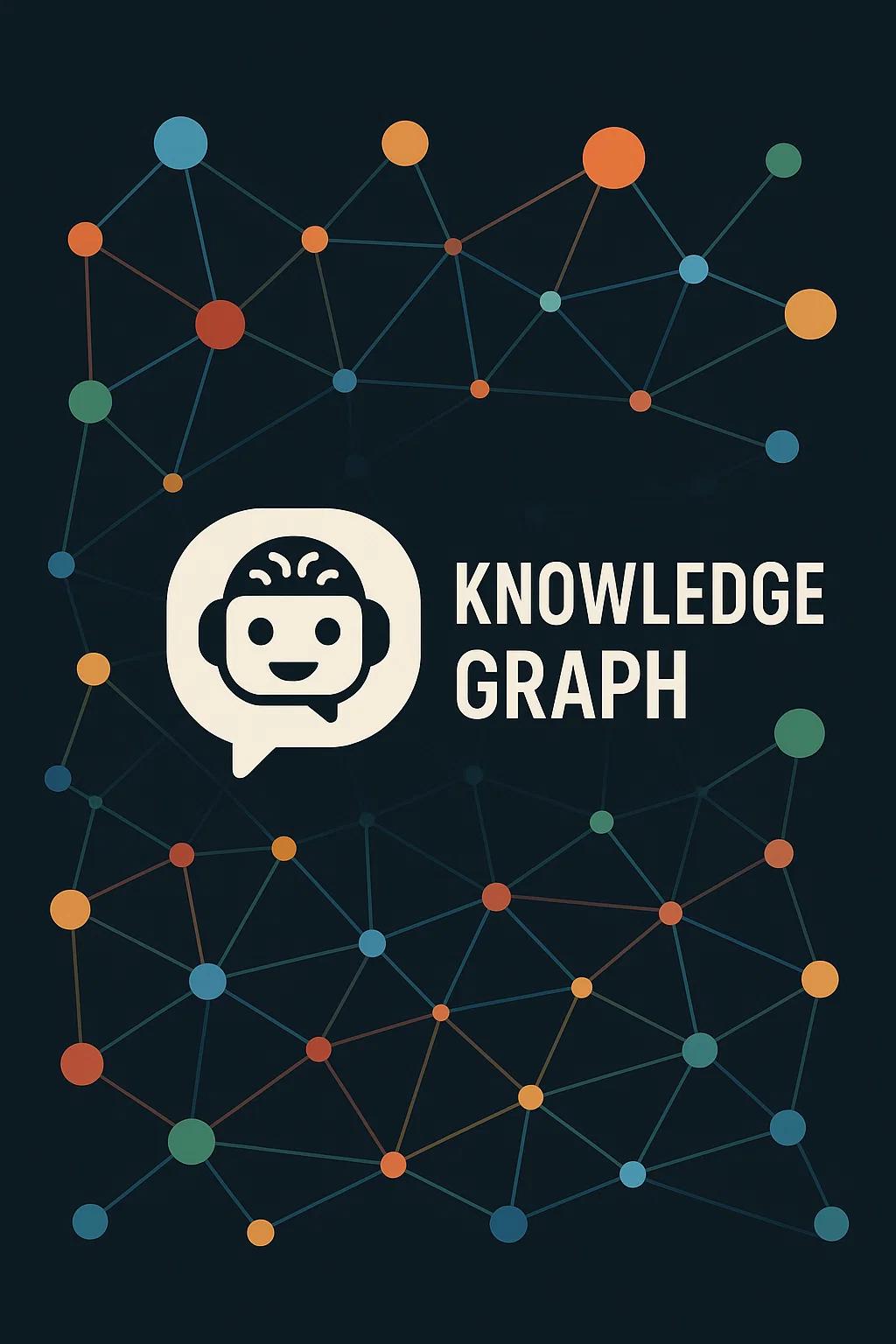Modern chatbots often fail not because of poor language processing—but because they lack true understanding. A chatbot that can’t connect facts or context soon frustrates users. That’s where knowledge graphs come in: structured semantic databases that let AI systems “understand” relationships between data points.
At Refonte Learning, we teach how to combine NLP and graph technologies to create chatbots that don’t just respond—they reason. Whether you’re new to AI or advancing your tech career, understanding knowledge-graph integration is a game changer for building accurate, scalable conversational systems.
1. What Are Knowledge Graphs and Why They Matter
A knowledge graph represents entities (like people, products, or topics) and their relationships using nodes and edges. Think of it as a web of meaning that allows chatbots to retrieve and infer context.
When integrated into chatbot systems, these graphs enable:
Semantic search instead of keyword matching.
Disambiguation between similar terms.
Context retention across multiple conversation turns.
Refonte Learning introduces learners to tools like Neo4j, RDF stores, and SPARQL queries, helping them understand how structured knowledge transforms ordinary chatbots into intelligent assistants.
For example, a customer asking, “What’s the warranty on the latest model?” can be accurately linked to the right product version through the graph, even without explicit naming. This precision drives better user satisfaction and trust.
2. The Architecture of a Knowledge-Enhanced Chatbot
To integrate knowledge graphs, chatbots require both semantic understanding and data connectivity layers.
Typical Pipeline
User Query Processing: NLP parses intent and entities.
Graph Querying: Extracted entities trigger graph database queries.
Reasoning Layer: The system infers related data or context.
Response Generation: NLG (Natural Language Generation) converts results into human-readable output.
This architecture enables real-time reasoning and dynamic context updates. At Refonte Learning, learners apply these principles in guided AI lab projects, building assistants capable of interpreting ambiguous questions and retrieving accurate answers.
Example Use-Case
In finance, knowledge-graph chatbots connect market data, customer profiles, and compliance rules. When a user asks about “low-risk investment options,” the bot navigates the graph to filter eligible products dynamically.
3. Benefits of Knowledge Graph Integration
Integrating knowledge graphs significantly improves chatbot intelligence and accuracy. Traditional systems rely on pre-trained responses; graph-enabled ones can derive answers logically.
Key Advantages
Context Awareness: Maintains logical consistency across interactions.
Reduced Hallucination: Responses are grounded in factual graph data.
Personalization: Combines user profiles with domain data for tailored answers.
Scalability: Easy to expand by adding new nodes and edges.
Refonte Learning’s AI integration course covers graph ontology design, entity linking, and API-level integration with frameworks like LangChain, OpenAI Functions, and Neo4j Graph Data Science.
Real-World Example
A healthcare chatbot connected to a medical knowledge graph can accurately recommend care pathways. Instead of offering generic advice, it references medically verified nodes—ensuring factual reliability and patient safety.
4. Implementation Strategies
Building a graph-integrated chatbot demands both design and infrastructure strategy.
Steps to Implementation
Define Ontology: Map out entity relationships clearly.
Connect Data Sources: Integrate CRM, ERP, or external APIs.
Design Graph Queries: Use SPARQL or Cypher for semantic retrieval.
Integrate NLP Models: Combine graph reasoning with transformer-based intent models.
Monitor and Update: Regularly refine the graph with new data.
At Refonte Learning, interns build capstone projects integrating chatbot frameworks with graph databases, learning to balance performance and knowledge depth. This hands-on exposure helps professionals transition from traditional chatbot design to semantic AI systems.
5. Overcoming Challenges
Despite their power, graph-based chatbots face technical and operational hurdles.
Complex Graph Design: Building accurate ontologies requires domain expertise.
Performance Overhead: Large graphs can slow query times.
Data Maintenance: Continuous updates are necessary to preserve accuracy.
Integration Complexity: Aligning graph data with NLP pipelines takes cross-disciplinary skills.
Refonte Learning’s curriculum prepares learners to handle these through AI-driven graph optimization, embedding models for retrieval, and graph neural networks (GNNs). Students gain practical experience overcoming latency and scalability challenges using hybrid storage architectures.
6. The Future of Knowledge Graph Chatbots
The fusion of large language models (LLMs) and knowledge graphs is ushering in retrieval-augmented generation (RAG) systems. These AI models can dynamically fetch facts from graphs during conversation, reducing hallucination and improving reliability.
Future chatbots will use hybrid reasoning—combining symbolic (graph) and neural (LLM) intelligence. Professionals who master this blend will define the next era of AI systems.
Refonte Learning’s Advanced AI Integration Pathway teaches exactly this synergy: how to design hybrid reasoning pipelines that merge deep learning with structured knowledge for enterprise-grade accuracy.
Actionable Takeaways
Learn graph databases like Neo4j and query languages like SPARQL.
Combine transformer NLP with structured graph data.
Continuously curate and validate your ontology.
Implement RAG pipelines for dynamic factual retrieval.
Train at Refonte Learning to build real-world graph-integrated AI systems.
FAQs
1. What is a knowledge graph in chatbots?
It’s a structured data network that helps chatbots understand relationships and retrieve contextually accurate answers.
2. How does it improve chatbot accuracy?
By grounding responses in factual graph data, reducing hallucinations and irrelevant answers.
3. Is it difficult to implement?
It requires both NLP and data modeling skills, which Refonte Learning’s courses simplify through guided projects.
4. Can knowledge graphs work with large language models?
Yes, they complement LLMs by providing verified, structured context for generation.
5. What careers use this technology?
AI developers, data engineers, and conversational designers—all growing roles Refonte Learning prepares you for.
Conclusion + CTA
Integrating chatbots with knowledge graphs turns automation into intelligence. By connecting words with meaning, organizations unlock precision, trust, and scalability in every customer interaction. Refonte Learning enables learners to master this synergy through specialized AI integration programs and live mentorship.
Transform your chatbot skills into enterprise-grade intelligence—enroll with Refonte Learning today.
